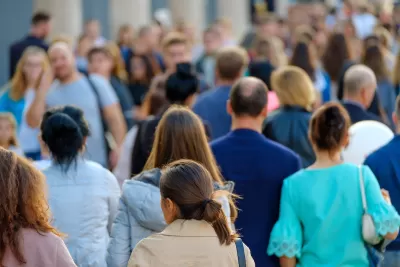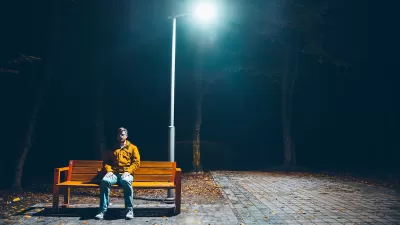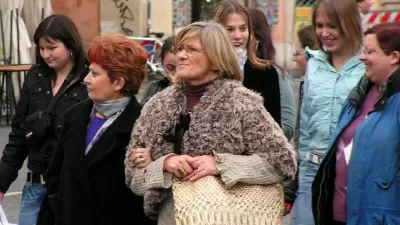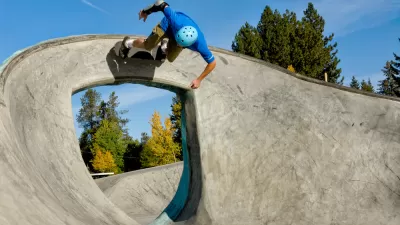Residents of big cities, known as the ‘melting pots’ of America, have fewer interactions with people outside their socioeconomic group than those in smaller communities, according to new research.

In a piece for Stanford News, Laura Castañón outlines the results of a study that sought to measure how much people of different socioeconomic classes interact with each other in cities of various sizes. “Using cellphone data, a collaboration of researchers led by Stanford University determined that most people in big cities have very few opportunities for even brief interactions with those outside their own socioeconomic status.” This stands in contrast to rural areas, where people are more likely to interact with others outside their demographic.
Professor Jure Leskovec explains the disparity, saying, “In New York, you can spend $10 on a dinner or $1,000 on a dinner, whereas if you live in a place with only one diner, everyone goes there, rich or poor. That seems to be the main mechanism for this phenomenon.”
The study’s authors say this points to a need for policymakers and urban planners to promote interaction and diversity through conscious design choices. “Looking at large cities, the researchers found that those that placed frequently-visited hubs in between different neighborhoods – instead of in the center of each neighborhood – were less segregated.” The authors suggest that cities can use this data to understand where new quasi-public and public spaces could provide the most opportunities for social interaction and guide future development.
FULL STORY: Big cities foster socioeconomic segregation. Here’s how we can fix that

Planetizen Federal Action Tracker
A weekly monitor of how Trump’s orders and actions are impacting planners and planning in America.

Map: Where Senate Republicans Want to Sell Your Public Lands
For public land advocates, the Senate Republicans’ proposal to sell millions of acres of public land in the West is “the biggest fight of their careers.”

Restaurant Patios Were a Pandemic Win — Why Were They so Hard to Keep?
Social distancing requirements and changes in travel patterns prompted cities to pilot new uses for street and sidewalk space. Then it got complicated.

Maui's Vacation Rental Debate Turns Ugly
Verbal attacks, misinformation campaigns and fistfights plague a high-stakes debate to convert thousands of vacation rentals into long-term housing.

San Francisco Suspends Traffic Calming Amidst Record Deaths
Citing “a challenging fiscal landscape,” the city will cease the program on the heels of 42 traffic deaths, including 24 pedestrians.

California Homeless Arrests, Citations Spike After Ruling
An investigation reveals that anti-homeless actions increased up to 500% after Grants Pass v. Johnson — even in cities claiming no policy change.
Urban Design for Planners 1: Software Tools
This six-course series explores essential urban design concepts using open source software and equips planners with the tools they need to participate fully in the urban design process.
Planning for Universal Design
Learn the tools for implementing Universal Design in planning regulations.
Heyer Gruel & Associates PA
JM Goldson LLC
Custer County Colorado
City of Camden Redevelopment Agency
City of Astoria
Transportation Research & Education Center (TREC) at Portland State University
Camden Redevelopment Agency
City of Claremont
Municipality of Princeton (NJ)





























